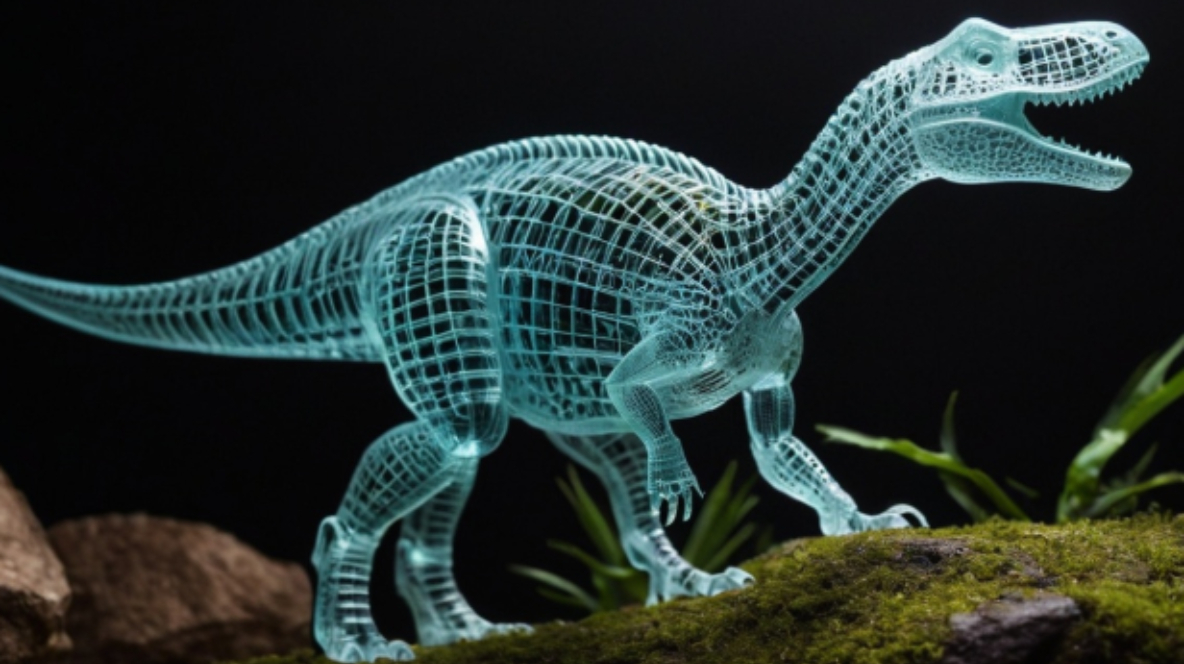Best UV Curing Glue for Plastic: A Comprehensive Guide
Achieve superior plastic bonding with UV curing glue. Explore the advantages of this technology and discover how Incure’s wide range of products and expert support can enhance your manufacturing process.
Introduction
UV curing glue, a revolutionary adhesive technology, has transformed the way we bond plastic components. By harnessing the power of ultraviolet (UV) light, these adhesives offer rapid curing times, exceptional bond strength, and unparalleled durability. In this comprehensive guide, we’ll delve into the factors to consider when selecting the best UV curing glue for your specific plastic bonding needs.
Key Factors to Consider:
-
Substrate Compatibility:
- Plastic Type: Ensure the adhesive is compatible with the specific type of plastic you’re working with, such as ABS, polycarbonate, acrylic, or others.
- Surface Preparation: Proper surface cleaning and preparation are crucial for optimal adhesion.
-
Curing Speed:
- Rapid Curing: For high-speed production, opt for UV adhesives with fast curing times.
- Controlled Curing: For delicate applications, consider adhesives with slower curing speeds to allow for precise alignment.
-
Bond Strength:
- Shear Strength: Evaluate the adhesive’s ability to resist shear forces, which are common in many plastic applications.
- Tensile Strength: Assess the adhesive’s resistance to tensile forces, particularly important for applications involving pulling or stretching.
-
Environmental Resistance:
- Temperature Resistance: Consider the temperature range the bonded components will be exposed to.
- Chemical Resistance: Evaluate the adhesive’s resistance to chemicals, solvents, and other substances.
- UV Resistance: For outdoor applications, select an adhesive that maintains its properties under prolonged UV exposure.
-
Viscosity:
- Low Viscosity: Ideal for gap-filling applications and intricate details.
- High Viscosity: Suitable for bonding large, heavy-duty components.
-
Cure Depth:
- Shallow Cure Depth: For surface bonding or thin layers.
- Deep Cure Depth: For thicker bonds or gap-filling applications.
At Incure, we understand the importance of choosing the right UV curing glue for your specific needs. Our team of experts can help you select the best product for your application and provide technical support to ensure optimal results.
Key benefits of partnering with Incure:
- Wide Range of Products: We offer a comprehensive range of UV curing glues, including low-viscosity, high-strength, and flexible options.
- Expert Technical Support: Our team is available to answer your questions and provide guidance on product selection and application techniques.
- Custom Solutions: We can develop custom UV curing solutions to meet your specific requirements.
- High-Quality Products: Our products are manufactured to the highest standards and are backed by our commitment to quality.
Conclusion
By carefully considering the factors outlined above and partnering with a reliable supplier like Incure, you can select the best UV curing glue for your specific plastic bonding needs. Remember to consult the manufacturer’s instructions and conduct thorough testing to ensure optimal performance. With the right adhesive and proper application techniques, you can achieve strong, durable, and long-lasting bonds.
Contact Us or Explore the full range of Incure UV curing glues at www.incurelab.com and unleash the full potential of your plastic projects!


